The Spring Festival is the most important annual celebration in Chinese culture. Just like the many festivities and red Chinese New Year decoration, Chinese New Year desserts are crafted to represent wishes and blessings for the near future. To bring you luck for the Chinese New Year, here are seven sweet delights you have to try. You can also read about Chinese Zodiac from our site.
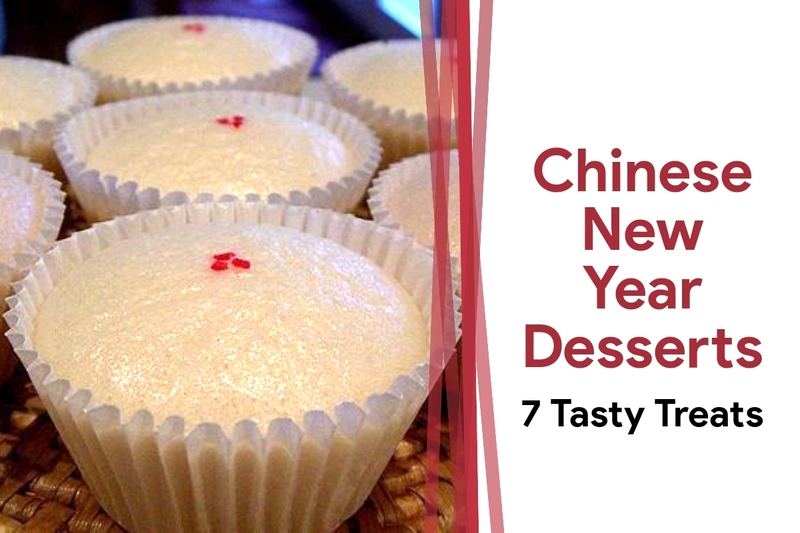
Contents
Nian Gao
Made of sticky glutinous rice or yellow rice, nian gao is a sweet treat that can be found at almost every Chinese household during the Spring Festival. Serving it during the Chinese New Year expresses wishes to be successful in the years to come.
The glutinous rice flour ( sweet rice flour) and yellow rice recipe give nian gao its distinct texture. When crafted in a certain manner, this Chinese New Year dessert can also depict silver or gold bars.
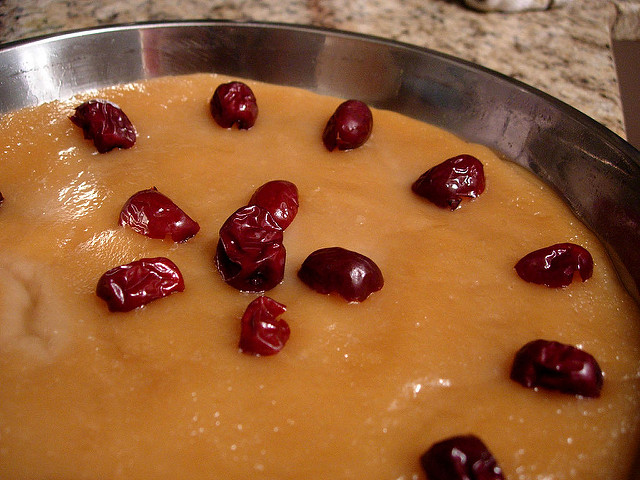
Variations of the
If you are one with a strong sweet tooth, it is also acceptable to directly dip
Fa Gao
In most Chinese New Year desserts, the “gao” is a wish for prosperity. With fa gao, the “fa” expresses the desire for gaining wealth or making a fortune.
To make fa gao, rice is soaked and grounded into a mixture paste. It is then fermented long enough that fa gao keeps its shape and does not open up. Also, it is very important that the paste is stirred once in a while during this process.
After fermentation, fa gao is then steamed. The most exciting part of making fa gao is when you lift the lid. It is believed that the luck this treat brings to your family depends on the quality of the finished product. The fluffier the cake and the cleaner the surface, the better!It is also a great dessert for kids.
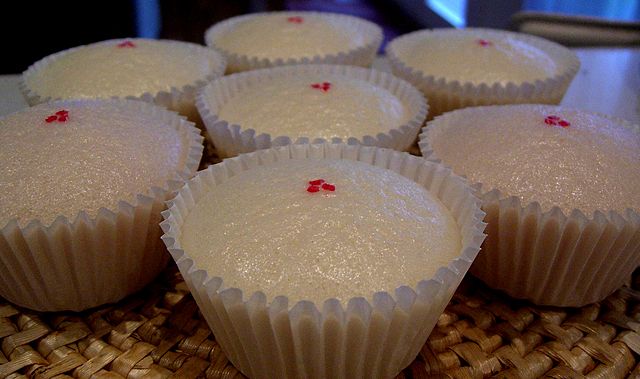
You may also experiment with adding different vegetables and fruits to alter the color of the fa
Turnip Cake
This savory cake is also among the most commonly served Chinese New Year desserts. Popular in the southern provinces of Guangdong and Fujian, the turnip cake is mainly made out of shredded Chinese radish. Other ingredients include rice flour and various flavoring. Additionally, you may opt to add bits of food like sausages, dried shrimp, shiitake, or peanuts.
Turnip cakes can be pan-fried to make the outer crust crumbly, or non-fried to make it soft all-over. In some dim sum restaurants, you can even customize a turnip cake to suit your taste.You can make them in a bit of time due to it’s easy recipe.
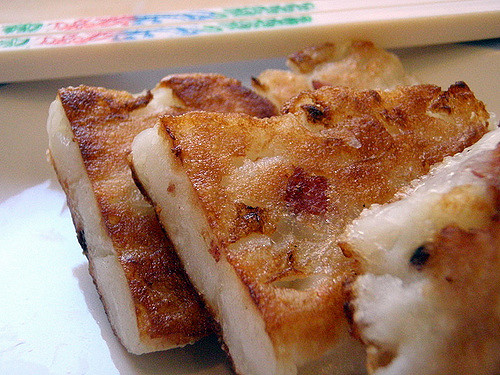
For the Hakka ethnic culture, turnip cakes are a specialty during the seventh day of the Spring Festival. The people of Hong Kong prefer to stir-fry turnip cakes with XO sauce, while in other places like Taiwan, turnip cakes are commonly served as a breakfast dish.
Hakka turnip cakes are more traditional than those in other regions. All you have to do to make them is steam, sprinkle diced green onions on, and serve!
Osmanthus Jelly
The Chinese are fond of infusing flower petals to their desserts such as the sweet osmanthus jelly – another staple treat during the Spring Festival. In Chinese culture, the osmanthus symbolizes auspiciousness, friendship, and success. Simply based on this representation, it’s no wonder the osmanthus jelly is one of the most popular Chinese New Year desserts!
Authentic osmanthus jellies are made without artificial flavoring. Aside from the petals of the osmanthus flower, key ingredients of this dessert include glutinous rice powder and bits of crystal sugar or even brown sugar syrup..
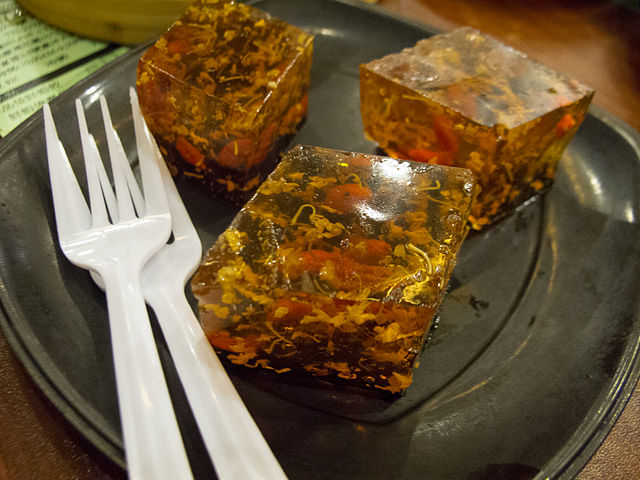
People from the city of Xianyang use a special osmanthus jam made of preserved petals and the addition of different Chinese herbs. Glutinous rice is stir-fried, grounded, steamed, and added to the jelly. Black sesame, saltwater, and white sugar are then mixed with the dough. Needless to say, the osmanthus jelly is a fragrant, sweet, and savory delight.
Jujube Flower Cake
The jujube flower cake is a dessert made with a popular Chinese fruit as its main ingredient. When making jujube flower cake, it is best that you pick the meatiest jujube fruits and wrap them with dough.
These cakes are typically multi-tiered, but you can also choose to go with simply molding dough into the shape of a flower and just pressing a jujube fruit in the middle of each petal.
Once steamed, the dough should rise to a bit of a spongy texture resulting in what looks like a bouquet of jujube flowers. You can also use food coloring to place dots in the middle of the flower. In Chinese, the word “jujube” is a homophone of “early.” They are often prepared by couples who wish to have children in the near future.
Want to learn more? Check out on the proper attire in Chinese New Year clothes article. You can also learn the proper Chinese New Year greetings and the importance of red envelops on Chinese New Year from our blog.
Ai Wo-Wo
Also referred to as “steamed rice cake with sweet stuffing,” ai wo-wo is another one of those Chinese New Year desserts with glutinous rice as the primary ingredient.
What sets it apart from the other sweet Chinese treats is its texture. The mixture of dough made of steamed rice powder and glutinous rice makes ai wo-wo look into a batter like freshly fallen snow!
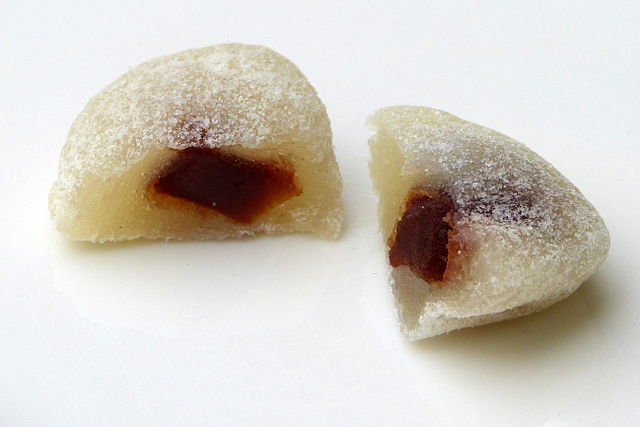
For the filling, you can make it out of sweet ingredients like sugar, walnuts, black sesame, hawthorn, or Chinese yam. You can also press jujube fruits on top of ai wo-wo if you want more blessings to come your way.
Rice Balls
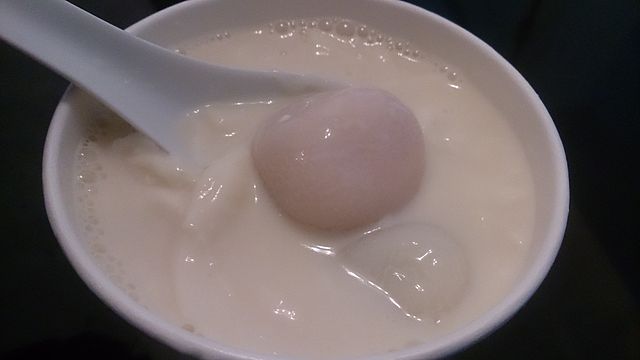
Southern rice balls
Customarily eaten as the first breakfast of the New Year in the regions of Jiangsu and Shanghai, these rice balls are boiled before being served in hot water. These sweets have mouth-watering fillings made of common sweet ingredients like red bean paste, black sesame, melted sugar, peanut paste, and even jujube.
Southern rice balls can also be fried or steamed in the right temperature. One of the traditional desserts for the chinese. You may also serve these delightful Chinese New Year desserts with vegetables or meatballs to make it more savory. Another savory dessert treat to try on the chinese foods list! Each time you cut, they make sure the knife is dipped in cold water to prevent sticking and whisk well to remove all lumps and strips of dough..
Want to discover more Chinese customs? Read our articles on Chinese New Year traditions, Chinese New Year myth, and Chinese New Year superstitions from our blog.
Northern rice balls
The main difference between southern rice balls and northern rice balls lies in the process of their preparation. The former is often made to resemble a peach – a symbol of longevity, while the latter is formed in the shape of a ball, which in Chinese, is a homophone of reunions.
Northern rice balls are usually served during the Lantern Festival, the final day of the Chinese New Year. The significance of the round shape could also be understood as to celebrate the Lantern Festival, as there is a full moon during this night. These treats will definitely make your viewing experience of the full moon even better!
The phrase “there is always room for dessert” could not be more accurate in times of celebrations like the Spring Festival. With the help of these delicious Chinese New Year desserts, make your reunion dinner even sweeter!
Conclusion
If you’re a sweet tooth, visit china during Chinese New Year. The traditional recipe of desert with syrupy mixture, granulated sugar,rice cakes, glutinous rice wine, auspicious dessert with dry ingredients, sweet rice balls, sticky rice cake, dumplings, fortune cookies and other sweet dessert flavor that would leave you tempting.The Chinese put up delicious desserts stalls on the roads which are available at cheap prices and even use them as gifts in pretty container as they set up decorations for the new year. Baking these items is a part of their tradition and culture. The chinese know how to do dough twists with creative ingredients and fun recipes for your family time. You would be full and won’t be able to complete half of the desserts list. If you want to know the instructions and directions on how to make them, you can easily find them online. The right tablespoons of salt, oven temperature, right edges , the perfect extract, right inch of water needed and sauce! Get to know more about the Chinese desserts from our post and post your views in the comments section.
I’ve spent more time in South Korea than I did in any other country. I’ve started using some Chinese stuff now and I can assure you that it’s been incredibly rewarding, even though it has a bit more in common with the rest of the country. It’s great to be able to see these things on the front page in person. I think a lot of countries do this for themselves – in fact, I’m aware of the Chinese diet/exercise scene, but I’m also aware of the local (American) nutrition factors. I have no idea how well this works in my country. I don’t know if that’s part of the reason I have to stop looking at Chinese food. I’ve used a few Japanese restaurants that I’ve been to – the menu options are nice, but the food selection is really poor. And a bit of the restaurant I have been to was actually good, too. There are a lot of other things that make this difficult to read. This one is just fantastic.
I really love these desserts, but I also hate the lack of clear colors for each type of dessert. I’d love an even darker grey that looked like these desserts with the red and green squares.